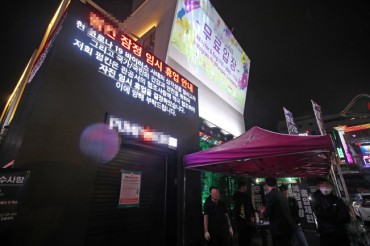SEOUL, Jun. 5 (Korea Bizwire) — According to a survey conducted by Statistics Korea, families in the highest income bracket spent 27 times more money on private lessons for their children than those from lower income backgrounds.
The survey found that income earners in households belonging to the top 20 percent spent 242,600 won on average per month on private education expenses, which was 27 times more than the 8,925 won spent by families in the bottom 20 percent.
Considering that the top 20 percent spent only 3.8 times more on total consumption than the bottom income earners, the gap in expenditures on private education is much wider than the comprehensive average of consumption.
Meanwhile, the monthly average spent on primary schoolchildren by households belonging to the top 20 percent totaled 16,043 won, 44 times more than those in the lowest income bracket.
Analysts say that the gap stems from the fact that lower-income families take advantage of the free public education system for primary students, while wealthy families can afford to send their children to private primary schools where tuition is expensive.
For middle school students, parents belonging to the top 20 percent spent 13.2 times more than those in the bottom 20 percent.
Lastly, wealthier families were able to spend 3.8 times more for their high school children’s private education than poor families.
Recent studies indicate a trend that sees families spending more money on lessons pertaining to the arts, sports or hobbies.
According to the Ministry of Education and Statistics Korea, private education expenses in 2017 increased 3.4 percent from the previous year, with families spending 198,000 won per month on average.
Meanwhile, fees that went towards learning about the arts, sports and hobbies increased by 12.9 percent to 72,000 won, a greater rate of increase than the average.
Gu Bon-chang, an education expert, says that one way to lessen the gap that exists between the upper and lower segments of income earners is to strengthen the public education system so that expenditures in private education are no longer necessary.
H. S. Seo (hsseo@koreabizwire.com)







